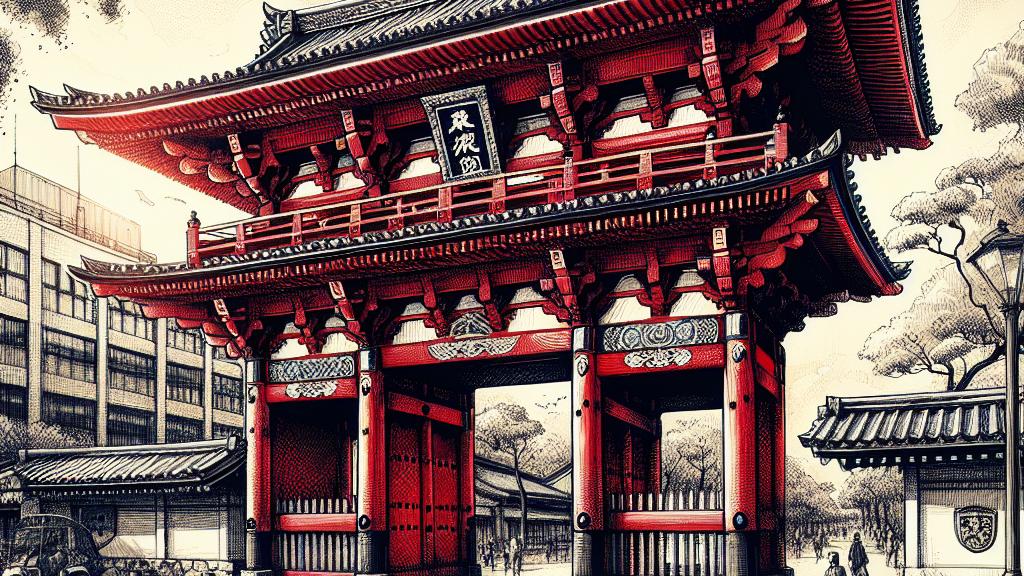Concerns Over Akamon Gate's Structural Integrity at University of Tokyo
Overview
- The iconic Akamon Gate at the University of Tokyo faces severe structural risks.
- Seismic experts advocate for urgent reinforcement amid alarming deterioration.
- University plans to enhance safety while preserving the gate's rich historical significance.

Akamon Gate: A Timeless Symbol of Knowledge and Culture
Nestled in the heart of the University of Tokyo, the Akamon Gate stands as a remarkable emblem of Japan's enduring educational legacy. It was erected in 1827 by Lord Nariyasu Maeda to commemorate the marriage to a woman from the prominent Tokugawa lineage. This striking red gate has not only adorned the campus for nearly two centuries, but it has also been a passageway for generations of scholars and leaders who have shaped the nation. With each passing year, it has absorbed countless stories, embodying an intersection of culture, history, and education. Notably, the Akamon Gate survived significant events like the Great Kanto Earthquake and the devastating bombing raids of World War II, making its current structural vulnerabilities all the more poignant.
Alarming Structural Conditions: A Cause for Concern
Despite its majestic presence, the integrity of the Akamon Gate is now under serious threat. Recent assessments by seismic experts have flagged critical weaknesses that could lead to a catastrophic failure if a strong earthquake or severe winds occur. The inspection revealed troubling signs of deterioration, particularly at the bases of the columns and within the roof joints. With the roof weighing an impressive 220kg per square meter, which constitutes about 80% of the gate's total weight, the potential for collapse becomes increasingly worrisome. Thus, in February 2021, the university made the difficult decision to close the gate to protect pedestrians and students, marking a significant shift in the campus landscape and raising alarms about the preservation of historical treasures.
Strategic Plans for Reinforcement and Preservation
In response to these urgent issues, the University of Tokyo is embarking on a thoughtful journey towards restoration. Plans are being crafted to not only reinforce the Akamon Gate's structure but also ensure the preservation of its historical beauty. Key strategies include reinforcing the column bases and reducing the roof's weight by minimizing excessive material used for tile adhesion. This careful balancing act emphasizes the importance of maintaining aesthetic value while maximizing safety. As Professor Kaori Fujita stated, 'Although it's painful for our community to see such a beloved landmark closed, we are committed to safeguarding its legacy for future generations.' This deep connection to the past, paired with a keen awareness of the need for protection, reflects a profound commitment to both educational and cultural preservation at the university.

Loading...